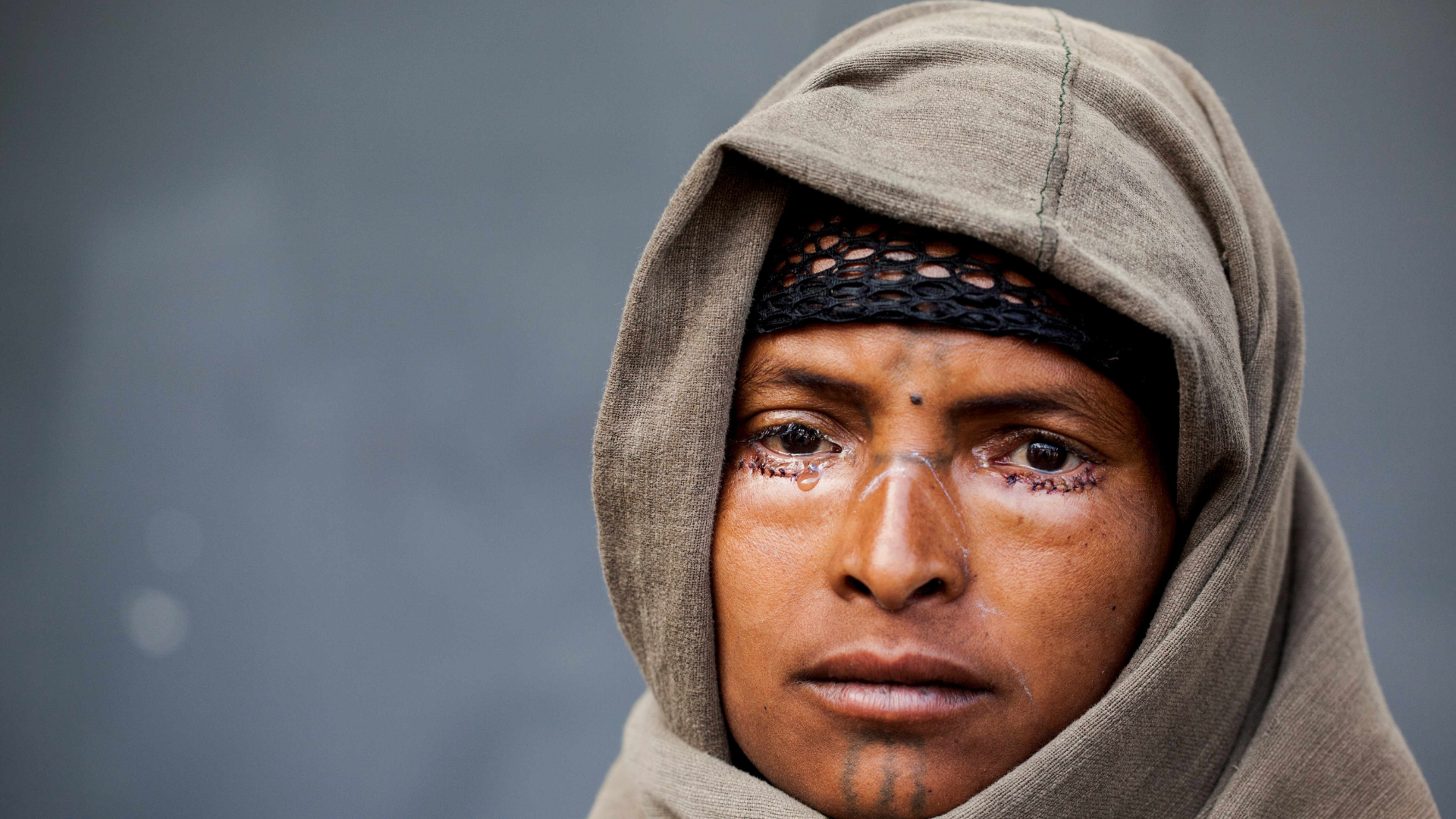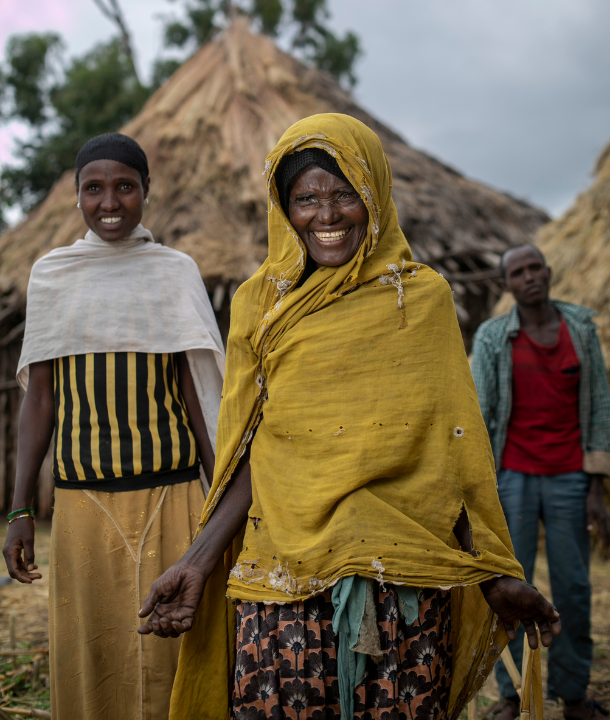
What is trachoma?
Put simply, Trachoma is a bacterial eye infection, not unlike the common ‘pink-eye’ or conjunctivitis. Repeated reinfection, combined with the body’s immune reaction, often has devastating consequences.
Trachoma starts as an infection of the membrane that covers the outside of the eyeball and lines the inner surface of the eyelids (conjunctiva). Repeated infections can over years eventually lead to scarring that causes the margin of the eyelid to turn inwards.
The eyelashes become inverted and rub on the clear cornea, painfully scratching it and causing damage. This eventually results in opaque, scarred corneas and distressingly uncomfortable eyes.
In a desperate attempt to alleviate the pain caused by this trichiasis – or inverted eyelashes – many people resort to pulling out their eyelashes with crude, makeshift tweezers.
Both eyes are usually affected and the scarring leads to irreversible blindness – usually when a person is between 30 and 40 years old. But in some parts of Oromia in Ethiopia, even children and young adults have significant trichiasis, putting them at risk of vision loss.
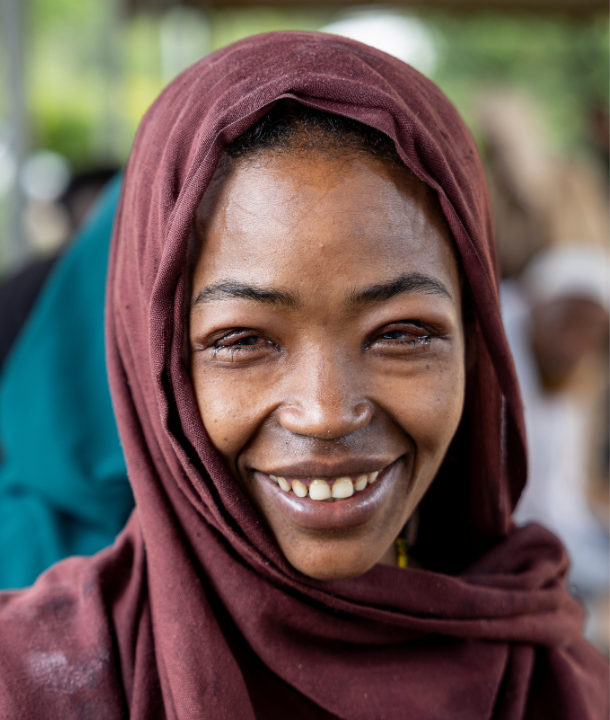
Who suffers from it?
Trachoma used to be known as ‘sandy blight’, and has for centuries been associated with dry dusty conditions. It remains a disease of poverty and disadvantage, occurring in pockets where living conditions are crowded, water is scarce, and sanitation is inadequate.
Trachoma spreads from person to person through unwashed hands, shared face-wiping cloths, and by flies that have been in contact with the discharge from the eyes or nose of an infected person. Ongoing infection and re-infection fuels the progression of the disease to the stage where vision is lost.
Women suffer much more frequently and severely from trachoma than men. This is because women are usually the carers of young children, and end up being exposed to re-infections from infected children. This is tragic because if left untreated, the infection persists and the scarring worsens over years until it’s too late, and blindness is irreversible.
In a desperate attempt to alleviate the pain of trachoma, many people resort to pulling out their eyelashes.
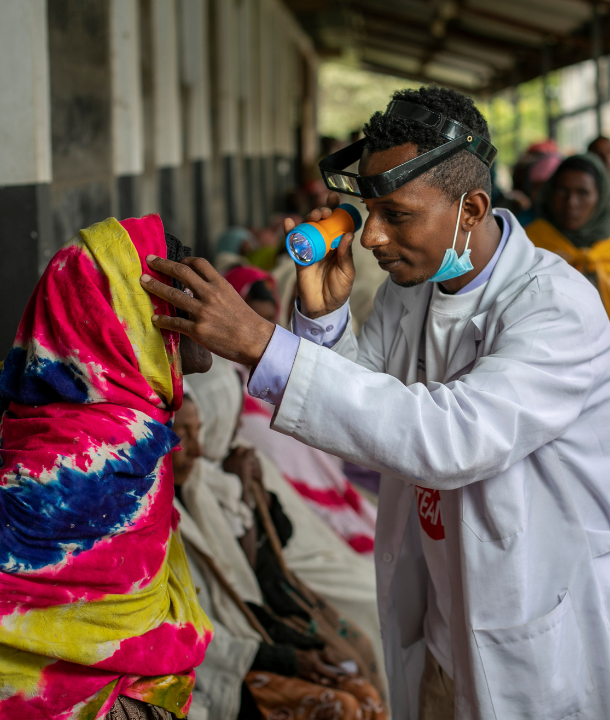
Where is trachoma found?
80% of people suffering from trachoma live in just 13 high-risk countries, all of which are in Africa. In Australia, trachoma remains endemic in a relatively small number of remote Aboriginal communities in the Northern Territory, South Australia and Western Australia. However, Australia is the only developed country in the world where trachoma is endemic.
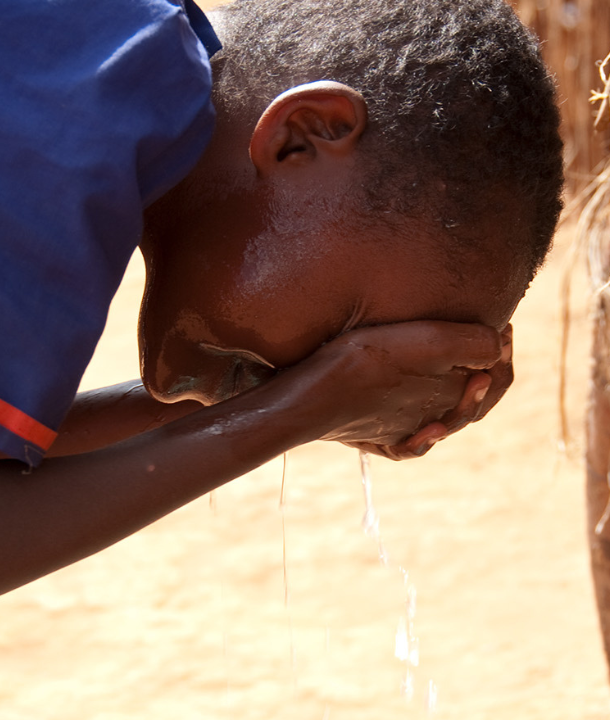
How is trachoma treated?
Trachoma infection can be prevented through reducing the pool of infection and reducing transmission, often by antibiotics and improved access to water to maintain personal hygiene and sanitation. However, treatment becomes increasingly complex and unsuccessful in the more advanced phases of the disease.
SAFE strategy
Surgical correction of scarred eyelids also comes with a risk of failure or recurrence because of the progressive scarring caused by trachoma. The Fred Hollows Foundation is part of the International Coalition for Trachoma Control, which advocates for the implementation of the World Health Organization’s SAFE strategy:
SAFE strategy to fight trachoma in Ethiopia
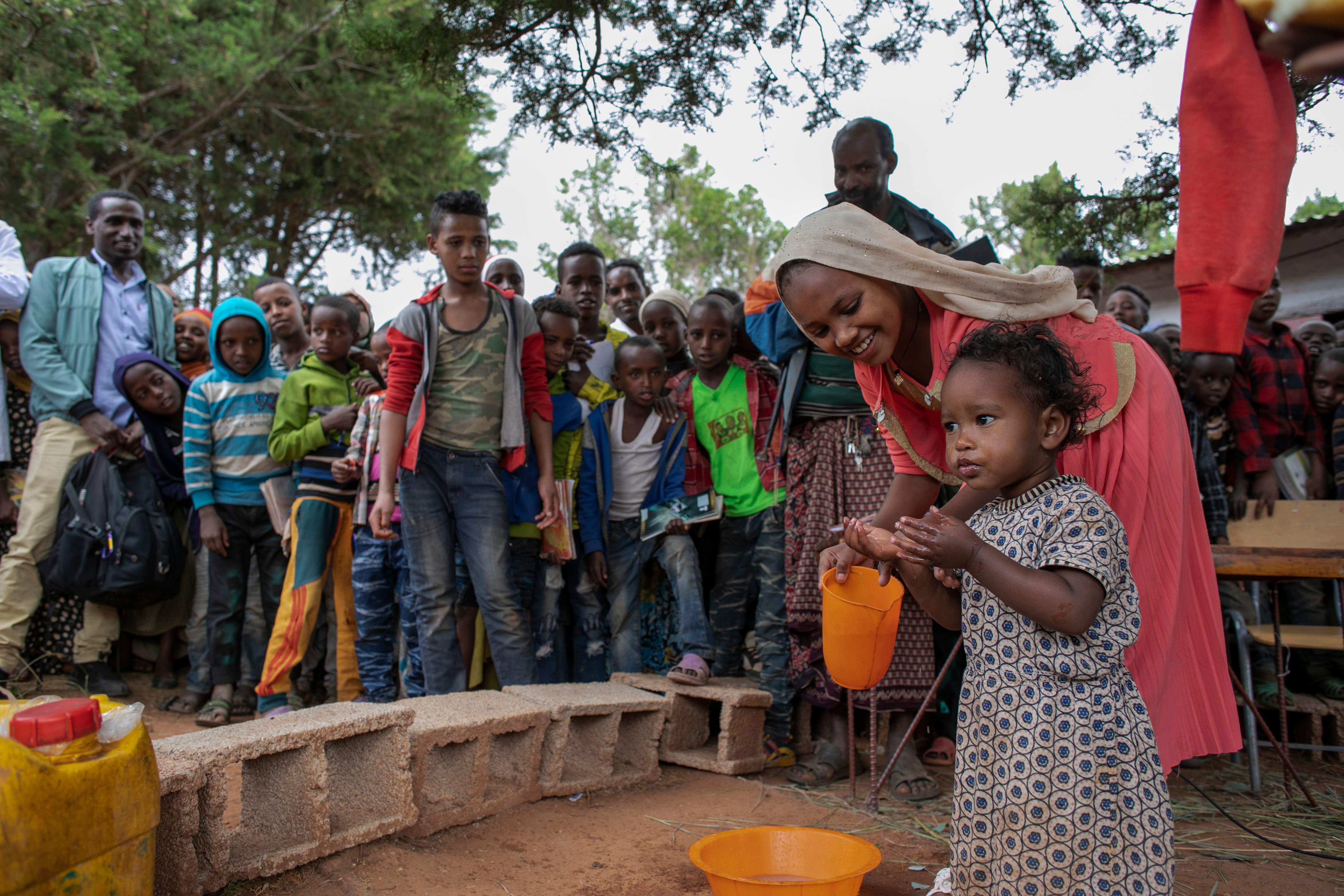
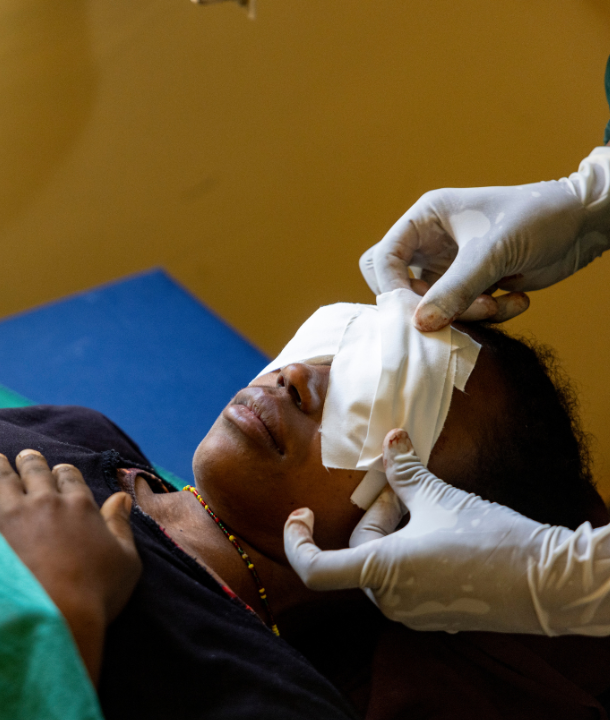
How can we fix it?
The key to preventing trachoma is to help communities emerge from poverty.
Trachoma generally disappears as poverty levels decrease and the intense cycle of infection and re-infection is broken. Better access to antibiotics, health services, water and sanitation, early corrective surgery and monitoring of scarring are key to eliminating trachoma as a public health problem in endemic communities. Measures such as education about the disease, hygiene and face washing also help greatly.
In 2017, The Foundation ensured the delivery of antibiotics for trachoma to over 18 million people and we’ve been making great progress with our partners to completely eliminate it from Ethiopia – where the disease has been endemic for generations. Not only have we been training thousands of community-based workers, but our surgical teams have been working from village to village operating on the most advanced cases.
There’s still much to do, but we’re dedicated to eradicating this disease all over the world.
Disclaimer: the content on this page is not intended to be medical advice. For medical advice, please contact your local health professional.

